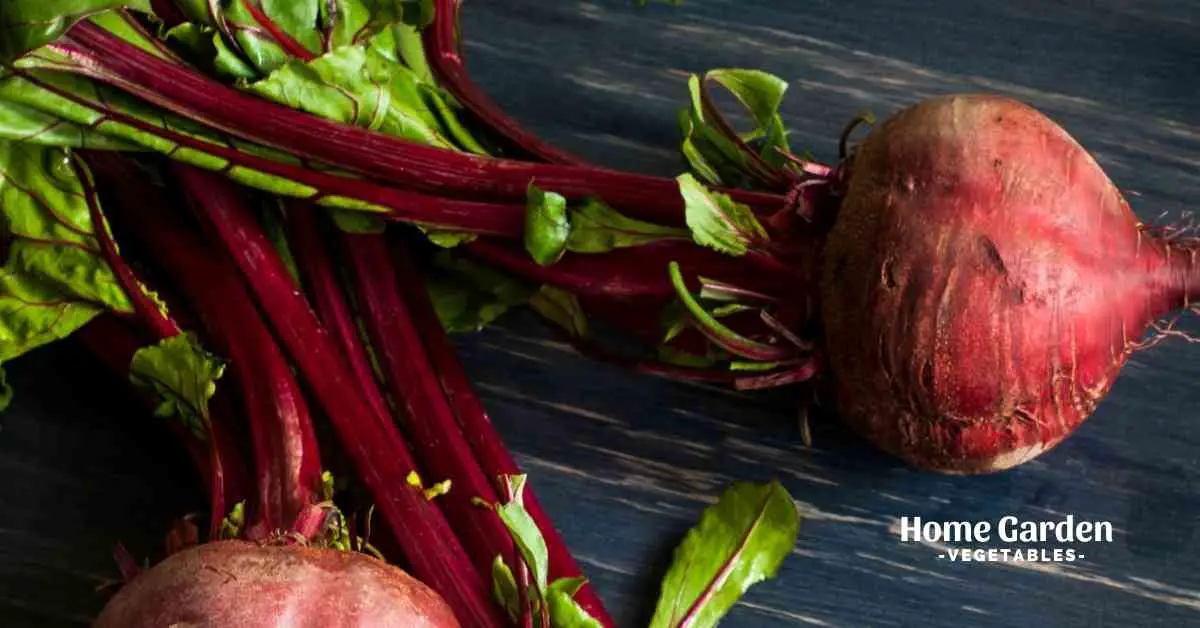Beetroot is a root vegetable that is usually red or purple in color. It is rich in nutrients, including antioxidants and fiber. Beetroot can be eaten fresh, cooked, or pickled.
There are many ways to preserve beetroot. One popular method is to pickle the beetroot in vinegar and water. This will keep the beetroot fresh for several months. Another way to protect beetroot is to cook it and then freeze it. This will keep the beetroot fresh for up to a year.
Reader Poll: What online courses would interest you?
Also, there are a few ways to preserve beetroot without vinegar. One way is to pickle them in a saltwater brine. This will keep them crisp and fresh for several months. Another way is to freeze them. This is a good option if you want to keep them for more extended periods of time. Beetroot can also be dehydrated, which makes them last even longer.
Preparing Beetroot for Preserving
Beetroot is a versatile ingredient that can be preserved in a number of ways. Choose fresh, unblemished beetroot for preserving. Small to medium-sized beetroot is generally the best for preserving. Wash the beetroot thoroughly and trim off the leaves, leaving about an inch of stem attached.
If you are planning to pickle the beetroot, you will need to peel them. If you are preserving them in a vinegar solution, you can leave the skin on. Cut the beetroot into even-sized pieces and place them in a sterilized jar. To pickle the beetroot, cover them with a vinegar solution and seal the jar.
Subscribe to our newsletter!
Cover the beetroot with vinegar to preserve in a vinegar solution and seal the jar. Both methods will preserve the beetroot for several months. However, if you don’t want to preserve with vinegar here are six ways to preserve Beetroot without using vinegar.
Dehydrating
Dehydrating is a process of removing water from food, which can then be stored for a more extended period of time. Dehydrating beetroot is a great way to preserve this healthy and delicious vegetable. By removing the water, the beetroot will be less likely to spoil and will have a longer shelf life.
Dehydrating can also help intensify the beetroot’s flavor, making it even more delicious. To dehydrate beetroot, slice the vegetable into thin pieces and place them on a dehydrator tray. Set the dehydrator to a low temperature and allow the beetroot to dry for several hours. Once dry, the beetroot can be stored in an airtight container and enjoyed for months to come.
Pressure Canned
To preserve beetroot, pressure canning is the best method. Pressure canning involves sealing the food in an airtight container and then boiling it for a specific amount of time. This ensures that the food is free of bacteria and other contaminants.
Beetroot can be pressure canned whole, in slices, or as a puree. The time required for pressure canning will vary depending on the size and type of beetroot being canned. For the whole beetroot, the process typically takes about an hour.
Pressure-canned beetroot will have a shelf life of about two years. Once the cans are opened, the beetroot should be consumed within a few days.
Freezing
Beetroot is a versatile and delicious vegetable that can be enjoyed in many different ways. One of the best ways to preserve beetroot is by freezing it. Freezing beetroot is a great way to keep it fresh and delicious for months.
Wash and trim the roots to freeze beetroot, then slice or dice them into the desired size. Next, blanch the beetroot in boiling water for a few minutes. Finally, place the beetroot in freezer bags or containers and store it in the freezer for up to six months.
Beetroot that has been frozen is ideal for adding to soups, stews, and casseroles. It can also be enjoyed as a healthy and delicious snack. So if you have a bumper crop of beetroot, don’t let it go to waste – preserve it by freezing it.
Blanching
One way is to blanch the beetroot in boiling water for two minutes, then remove it from the heat and immediately plunge it into cold water. This will stop the cooking process and help to preserve the beetroot’s color and flavor.
Root Cellaring
Root cellaring is a great way to preserve beetroot. The beetroot is placed in a cool, dark, and humid environment where it can last for several months. Root cellaring effectively preserves beetroot because it prevents the beetroot from drying out and becoming rubbery.
Pickling
Pickling is a great way to preserve beetroot. The process involves submerging the beetroot in vinegar and water solution, which helps to keep the beetroot fresh and prevents it from going bad. Pickled beetroot can last for several months, and is a great way to enjoy the vegetable all year round.
Clean Beetroot for storage
To clean the beetroot for storage, remove any dirt or debris from the surface of the beetroot. Next, cut off the leaves and stem, leaving only the root itself. Finally, wash the meat in clean water to remove any remaining dirt or debris. Once the beetroot is pure, it can be stored in a cool, dry place for up to several months.
Beetroots are a great root vegetable to have on hand, and they store well too. If you’re not going to use the greens, trim them off and discard them. Once the beetroots are clean, pat them dry and place them in a plastic bag or container. Label the bag or container with the date, and store it in the fridge for up to two weeks.
Conclusion
There are many reasons to preserve beetroot. It is a healthy vegetable that is low in calories and fat. It is also a good source of fiber, vitamins, and minerals. Preserving beetroot helps to ensure that these nutrients are not lost during storage. In addition, preserving beetroot helps to prolong its shelf life.

